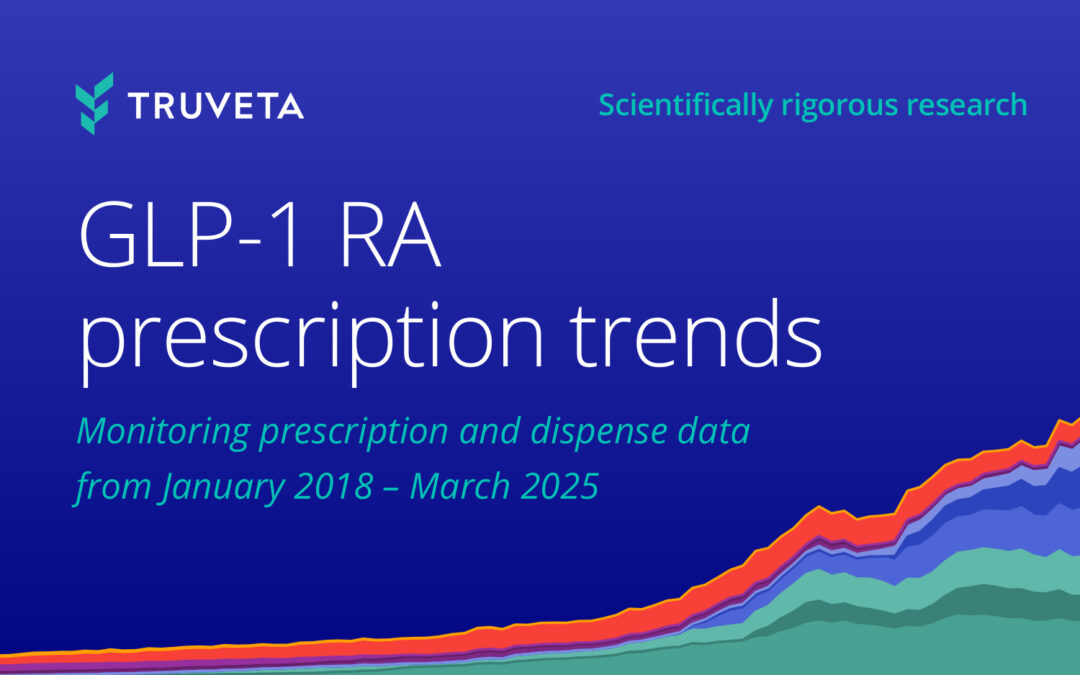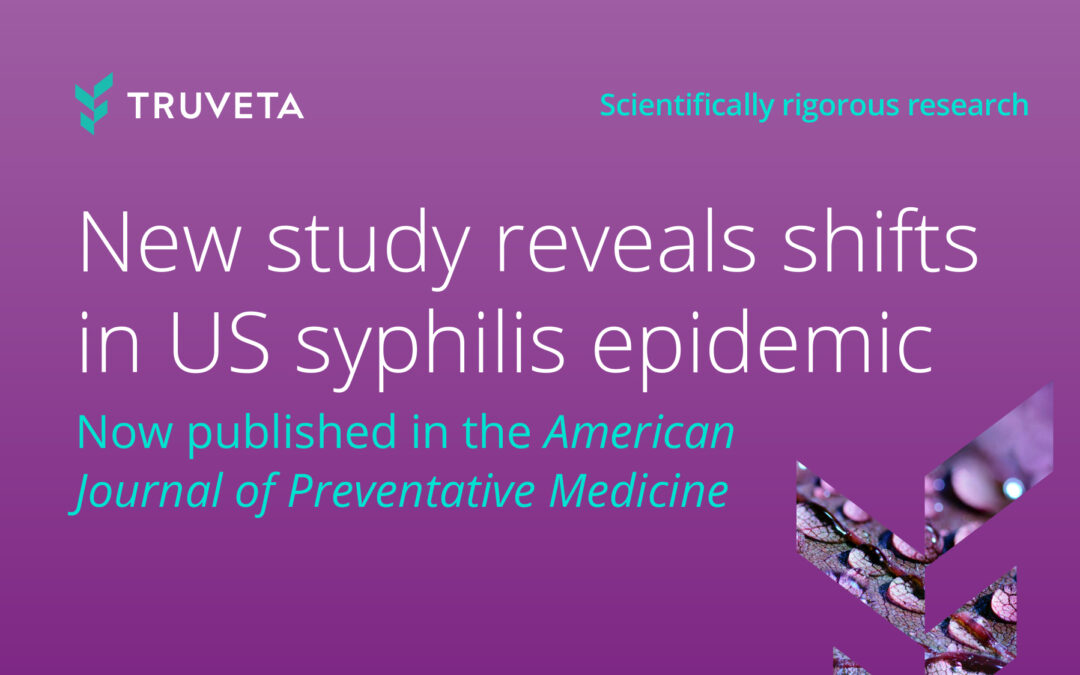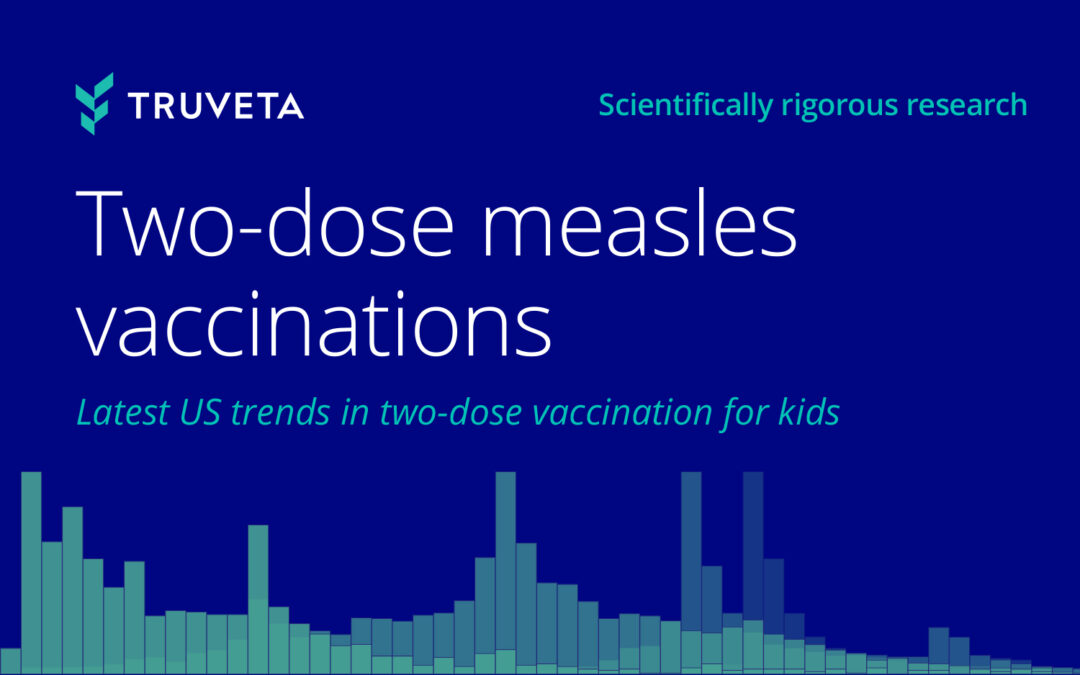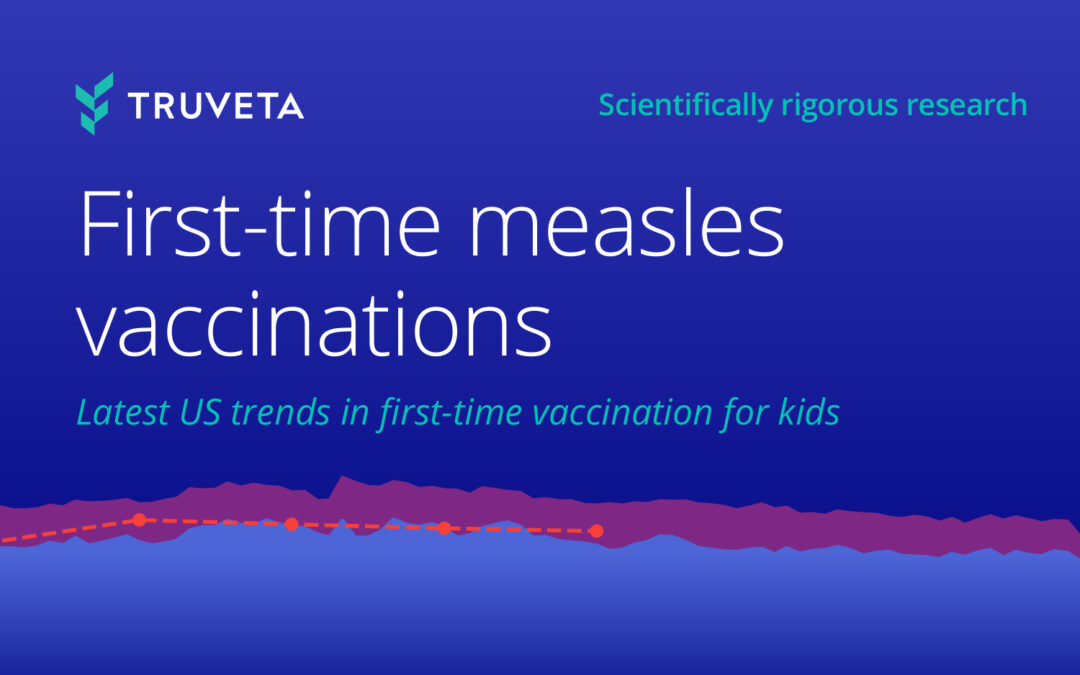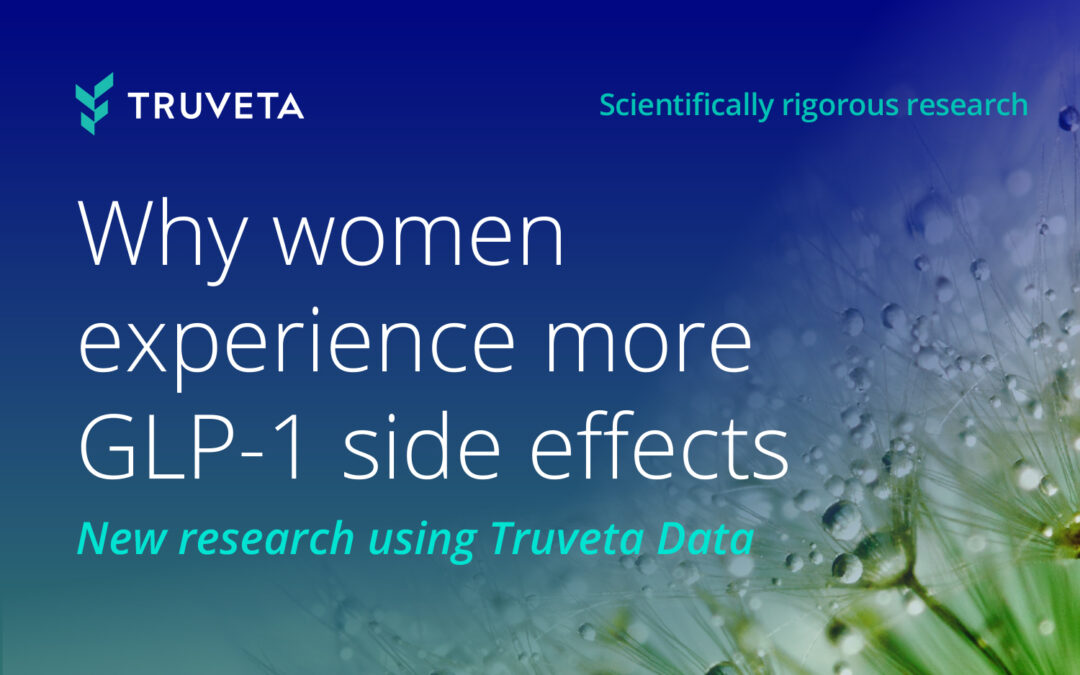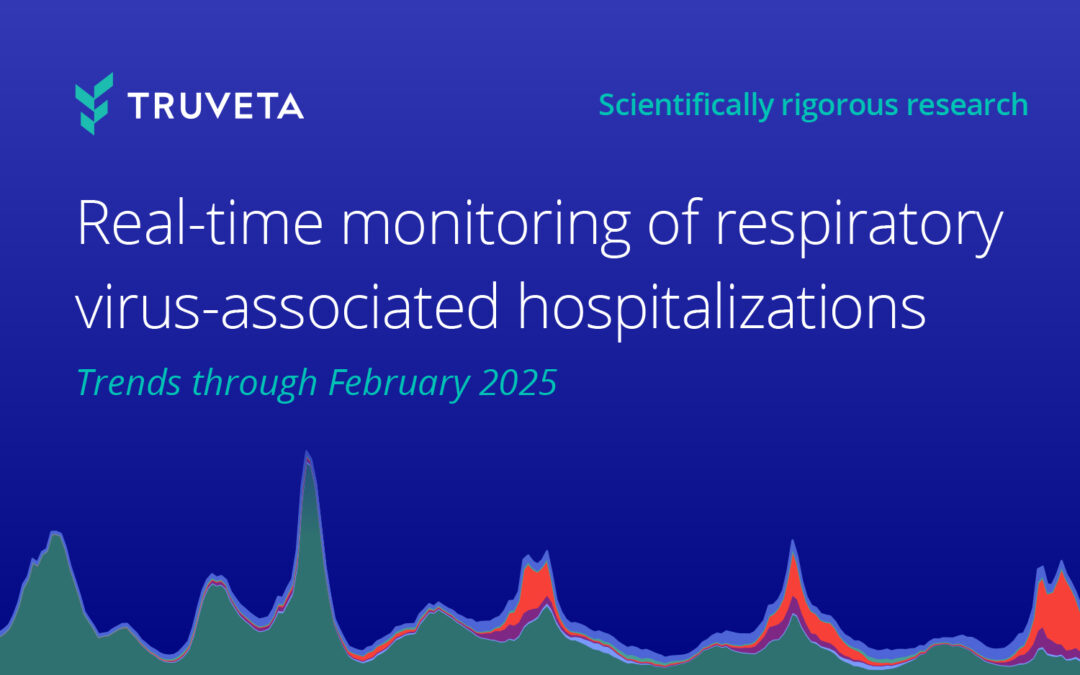As we shared in our latest Truveta Platform insights last week, the COVID-19 Omicron variant has highlighted the positive impact of vaccinations and boosters in preventing hospitalization.
Thus, we wanted to shed light on the percentage of people who are fully vaccinated and boosted and the sequence of vaccines they have received. We investigated a subset of the de-identified data in the Truveta Platform, which included nearly four million people who had at least one COVID-19 vaccination.
If you haven’t gotten vaccinated or boosted yet, we strongly encourage you to do so today. And if you’re curious about the percentages of people who received the same vaccine sequence as you, you can see the trends below.
Fully vaccinated population
We defined fully vaccinated as having had one Janssen vaccine or 2 doses of mRNA vaccines (Pfizer or Moderna, at least 21 days apart), even if they were mix and match (discordant). Within our population, we encouragingly found 89% of people who received one mRNA vaccine received a second mRNA vaccine to become fully vaccinated. We also saw that 93% of the people in our sample received an mRNA vaccine as their first vaccine dose (compared to one Janssen vaccine dose).
Boosted population
Boosted was defined as 2 mRNA vaccines (even if mixed and matched among Pfizer and Moderna) and 1 additional vaccine or 1 Janssen vaccine and any additional vaccine. Only 22.5% of people who received at least one shot were boosted.

Although the percent of those with mix and match vaccines was small, it was important to identify the combinations that exist within our population. Below are tables representing the percentage of people who received each combination of vaccines after getting their first shot. “No additional vaccine or did not meet time requirements” for Janssen means an additional shot was not administered or the person didn’t wait 100 days between the Janssen shot and the second shot, as recommended by CDC guidelines. “No additional vaccine or did not meet time requirements” for Moderna and Pfizer means an additional shot was not administered or the person didn’t wait the full 21 days before receiving the second shot or 100 days for the booster, as recommended by CDC guidelines.
First shot of Pfizer
Fifty-five percent of our study population received a first dose of the Pfizer vaccine.

First shot of Moderna
Thirty-eight percent of our study population received a first dose of the Moderna vaccine.

First shot of Janssen
Seven percent of our study population received a first dose of the Jansen vaccine. Second shot is defined as a booster in this case, as a first shot of Janssen is considered fully vaccinated.

The ability to mix and match vaccines has been an important consideration over the past year. Seeing which vaccines people received for a variety of reasons could be informative for future vaccination and booster efforts.
Did you mix and match vaccines? Head to LinkedIn and let us know.

